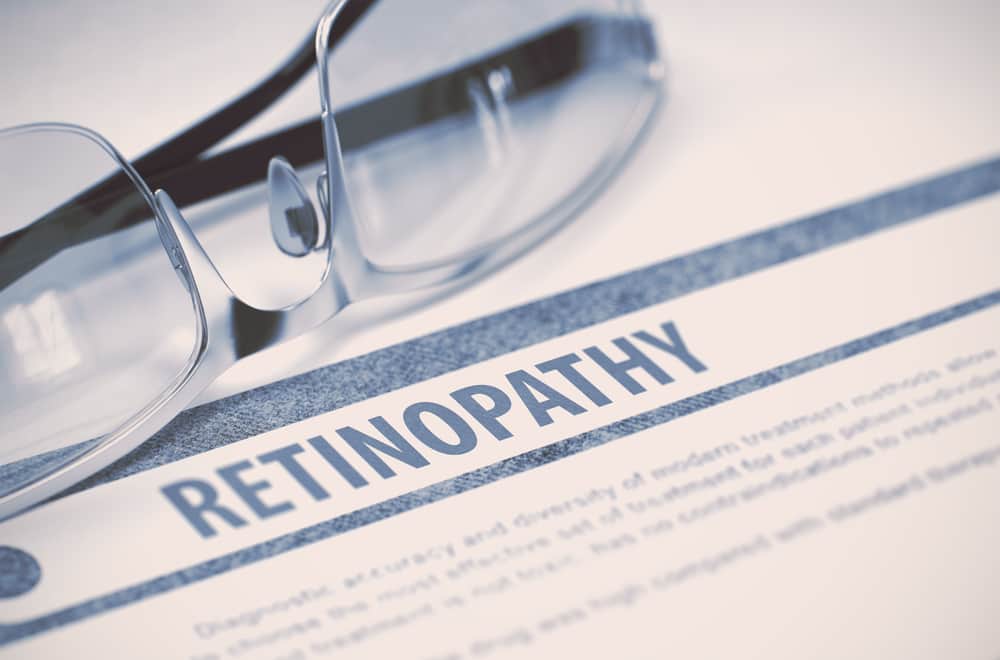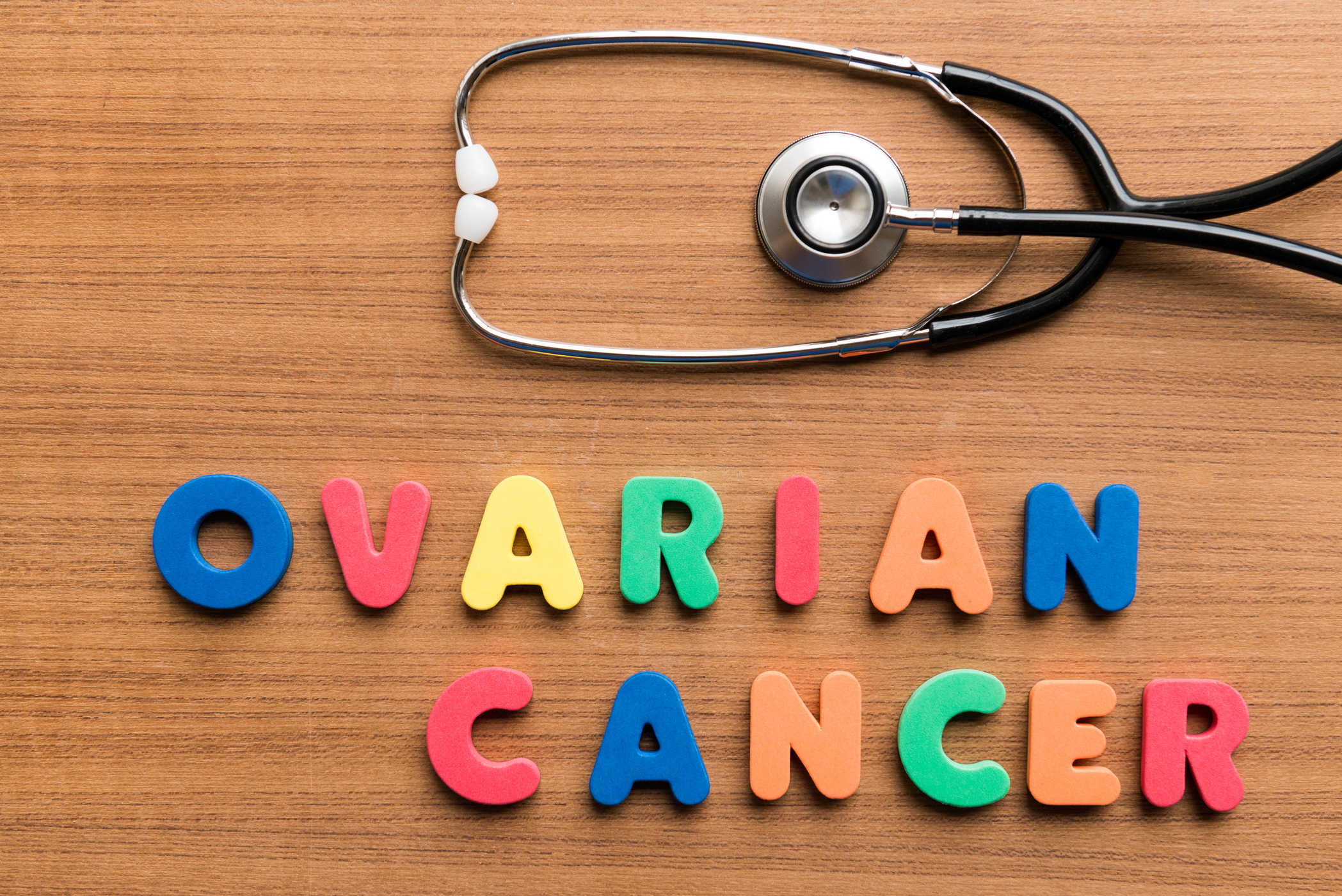Contents:
- Medical Video: What causes heart problems during pregnancy?
- What causes a heart attack after giving birth?
- What are the signs and symptoms of a heart attack after giving birth?
- How do doctors diagnose a heart attack after giving birth?
- How to treat a heart attack after giving birth?
Medical Video: What causes heart problems during pregnancy?
Some women are quite at risk for having a heart attack after giving birth, even if they have never had a history of heart disease since before pregnancy. What caused it?
What causes a heart attack after giving birth?
Heart attacks generally occur due to a blockage of plaque in the arteries that causes the blood supply to the heart muscles to be blocked. Heart attacks can also be caused by narrowing of the arteries.
But in new mothers, a heart attack after childbirth is caused more by a sudden tear in the artery wall. In the medical world, spontaneous tears in arteries are called spontaneous coronary artery dissection (SCAD). According to the American Heart Association, nearly 30% of SCAD cases occur in women who have just given birth. About 80% of patients who have experienced SCAD are women who are quite young, healthy, and active.
The arterial wall has three layers. If a tear occurs in the inner wall layer, blood flow that seeps out can be trapped between the other two layers and eventually form a clot (thrombosis). The blood clot then slows blood flow to the heart. Muscles and heart tissue that does not receive oxygen will continue to suffer damage and eventually die.
SCAD does not know the exact cause. But in women who have just given birth, the risk can be affected by changes in body hormones, decreased collagen production, and changes in the blood clotting process during the recovery period.
In addition, the risk of heart disease after childbirth can also be increased influenced by the performance of the heart muscle that is gaining weight. During pregnancy, the heart muscle pumps blood up to 50 percent more than before pregnancy. The heart muscle weakens, causing the heart to enlarge. As a result, the heart cannot work optimally to pump blood throughout the body.
If not quickly treated, SCAD can cause heart rhythm abnormalities, heart attacks, and even sudden death.
What are the signs and symptoms of a heart attack after giving birth?
Women generally need to be more observant to pay attention to the symptoms of a heart attack. Often, the only symptoms that appear are extreme fatigue, nausea and / or dizziness. Plus, a number of complaints such as fatigue and dizziness are also common in women who have just given birth.
In addition, SCAD is also difficult to diagnose because blood vessel tears usually do not cause significant symptoms.
However, you should be aware of some typical signs of heart attack in women, such as:
- Chest pain / pain, or chest feels bad
- Fast heartbeat
- Pain in the arms, back, shoulders, neck or jaw
- Hard to breathe
- Nausea
- Dizzy
- The body feels very tired, more than usual
- Sweating more than usual
How do doctors diagnose a heart attack after giving birth?
If you suspect that you or other closest relatives have symptoms of a heart attack, see a doctor immediately.
The doctor can ascertain whether the heart attack is really caused by SCAD - especially if the results of the examination do not indicate a buildup of typical atherosclerotic fat plaques.
How to treat a heart attack after giving birth?
Treatment and treatment of a heart attack after childbirth will be adjusted to your condition, including the location of the arterial tear and the symptoms you show.
Generally, doctors can prescribe drugs that can restore blood flow to the heart, such as aspirin, blood thinning drugs, blood pressure medications, drugs to control chest pain, and cholesterol medications. Treatment therapy must be done regularly to monitor the condition of your heart. The doctor may also insert a heart ring (stent) through arterial surgery.
To prevent this risk, make sure you always check your health regularly during pregnancy, also regularly check the contents. If there are complaints related to shortness of breath and chest pain during pregnancy, immediately consult a doctor.












